Delaying sexual maturation in farmed cod may improve fish welfare, quality and economic outcomes
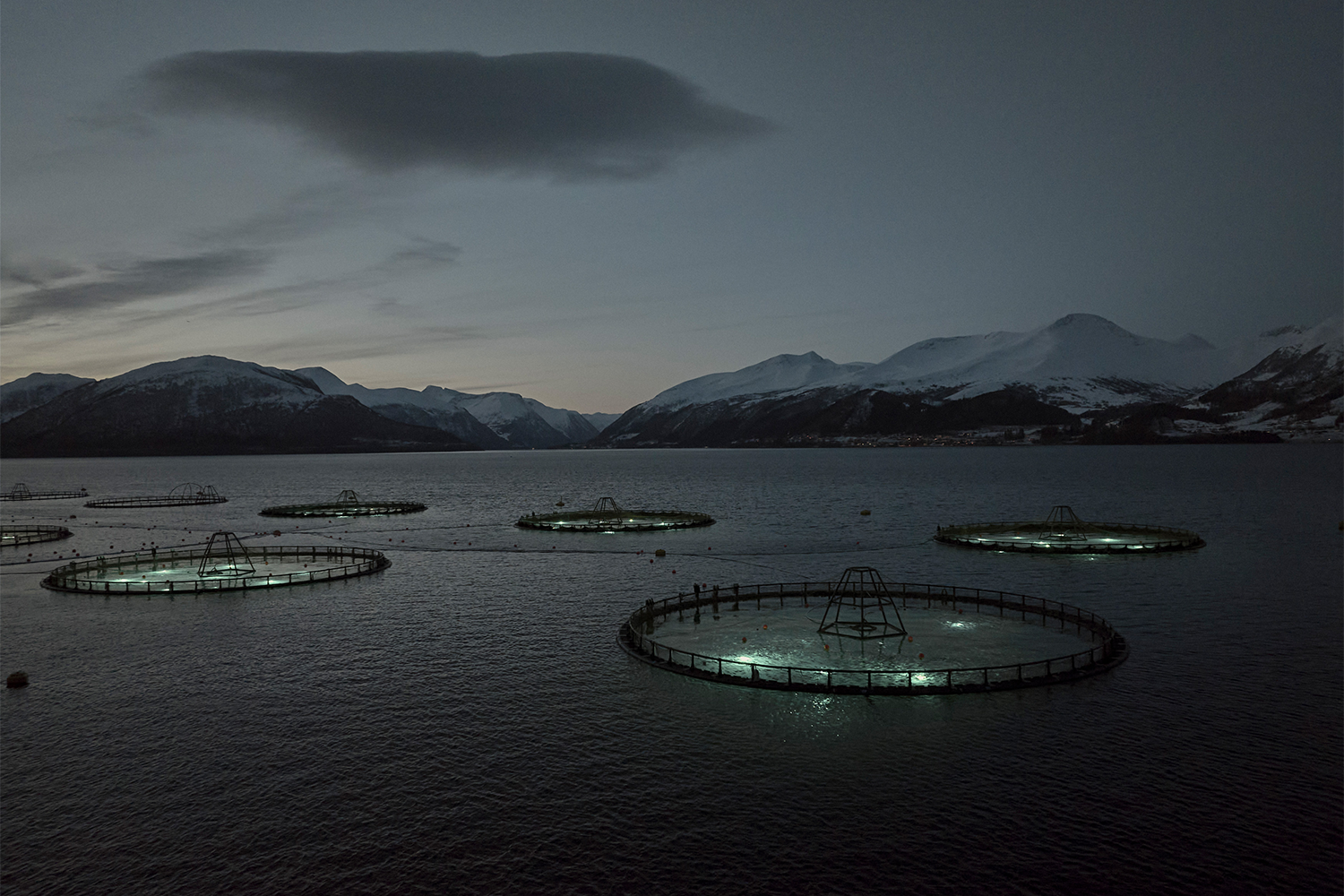
Thanks to an important scientific breakthrough, Norway’s largest cod farmer Ode is looking forward to the future.
That’s because a new light management regime is being deployed on the company’s cod farms. Together with research institute Møreforsking, Ode was part of the recently concluded LuxCod project, which focused on how light regimes impact cod in aquaculture settings. The goal is to delay sexual maturation in farmed cod to improve fish welfare, quality and economic outcome.
Early maturation in cod is an economic and production disadvantage for farms, resulting in increased mortality and lower growth rates. This is because cod use available nutrition and energy reserves to develop roe and milt instead of building muscle, thus negatively impacting yield and harvest weight. The process is also stressful, resulting in lower fish welfare and fillet quality, while there is also a risk of sexually matured farmed fish spawning in pens and impacting wild cod populations.
“Resulting eggs can drift into nearby spawning areas and potentially impact wild cod through genetic influences,” Ola Kvalheim, CEO and founder of Ode told the Advocate. “The Norwegian Fishery Directorate monitors the level of sexual maturation in all cod farms. If the level is too high, they can, as a last resort, mandate cod farmers to harvest the fish, resulting in financial losses for farmers.”
The LuxCod project was conducted at Ode’s Svartekari site in western Norway. It measured continuous light management in cod pens to better understand its effects on cod maturation. Another objective was to determine whether early maturation could be avoided during the farming period. The researchers systematically sampled fish with average weights of up to 5 kg after 21 months of production before developing a comprehensive light-management regime. The new regime starts from the moment the fish are placed in the pens and lasts until harvest, with sufficient light from green LEDs. Results demonstrated that light management can significantly delay sexual maturation in farmed cod and prevent it throughout production, avoiding genetic influences and ecological concerns.
“It enables optimal cod production and results in enhanced fish welfare, high-quality products and a reduction in financial and ecological risks associated with maturation,” said Kvalheim.
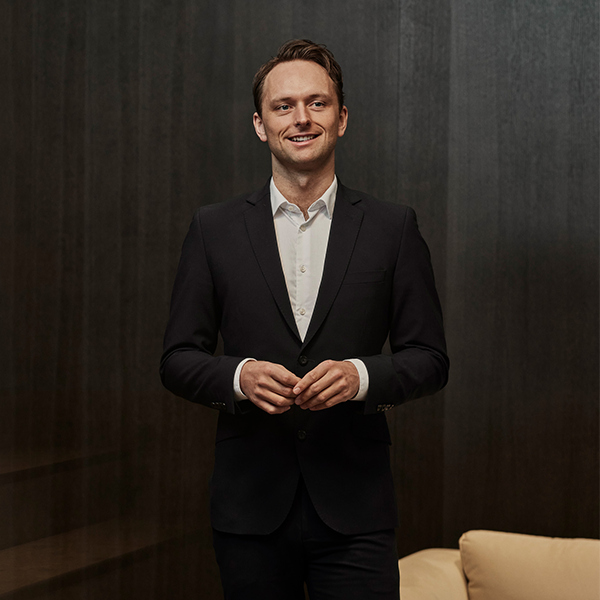
Cod farming in Norway holds significant potential due to the species’ global popularity, export opportunities and its role as a complementary product to salmon. Although it has been growing, it’s still relatively smaller in scale compared to salmon farming, which has been a dominant force in Norwegian aquaculture for many years.
Previous attempts at cod farming were unsuccessful but challenges such as larval mortality, feed and limited knowledge of intensive production of juveniles are now being addressed, and the industry is experiencing strong biological results combined with good market conditions and a high demand for fresh cod, said Kvalheim.
“Much of this success is attributed to the breeding programs for farmed cod that have been conducted over the past 20 years, and the presence of a few serious industrial cod farmers who now have access to this species that is well suited for production. This has also been the key to success for salmon,” said Kvalheim. “Meanwhile, light significantly influences different stages of the fish lifecycle. Our new light regime has been one of the most important prerequisites for delivering large and beautiful cod – every day, all year round.”
Dr. Velmurugu Puvanendran of Nofima AS in Tromsø says that Norway’s cod farming has come a long way since the early 2000s when it failed for three reasons: a misunderstanding of cod biology in captive conditions, the recovery of wild cod stocks that decreased market prices and the economic meltdown in Europe in the late 2000s. Welcoming the LuxCod project, he described its importance.
Green-lighting growth: Green LED light shows promise in flounder farming
“Spawning in cages is a huge problem because fillet quality decreases and most of the fish’s energy is invested in the gonads,” he said. “The LuxCod project is key to addressing these issues and we are very happy with Ode’s success. Similar work occurred in the 2000s in tanks rather than cages because the light was not optimal. Now, with the advancement of light, work like the LuxCod project has become much easier and more possible.”
Kvalheim and the LuxCod project team believe that the new regime can be deployed just as effectively on other cod farms and improve production efficiency overall. Going forward, it will be used in farms across Norway.
“In a small emerging industry, it’s important to collaborate where we can and compete where we must,” said Kvalheim. “With approval for a sixth sea farm recently secured, we are now looking at a yearly production capacity increase of over 25,000 tons of farmed cod. We are very excited about the future.”
“Norway’s cod farming is relatively new but it’s come a long way,” said Puvanendran. “In the 2000s, many producers jumped straight into it without much knowledge. Now, however, they are cautious and taking the time to learn. Meanwhile, the sector is growing steadily. At Nofima, we are also aiming for species diversification, not only to produce different species but also in terms of climate change and determining which species can adapt to impacts like high temperatures or acidification. Cod farming may play a key role in this.”
Now that you've reached the end of the article ...
… please consider supporting GSA’s mission to advance responsible seafood practices through education, advocacy and third-party assurances. The Advocate aims to document the evolution of responsible seafood practices and share the expansive knowledge of our vast network of contributors.
By becoming a Global Seafood Alliance member, you’re ensuring that all of the pre-competitive work we do through member benefits, resources and events can continue. Individual membership costs just $50 a year.
Not a GSA member? Join us.
Author
-
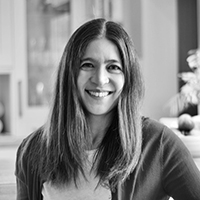
Bonnie Waycott
Correspondent Bonnie Waycott became interested in marine life after learning to snorkel on the Sea of Japan coast near her mother’s hometown. She specializes in aquaculture and fisheries with a particular focus on Japan, and has a keen interest in Tohoku’s aquaculture recovery following the 2011 Great East Japan Earthquake and Tsunami.
Tagged With
Related Posts
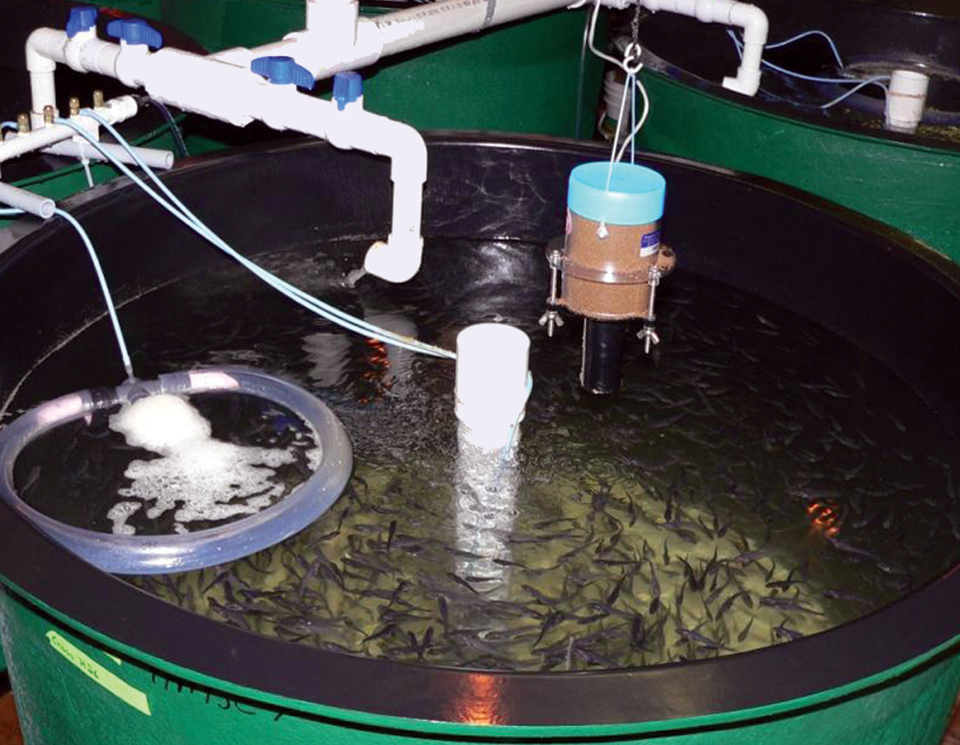
Health & Welfare
Atlantic cod genomics and broodstock development project
The Atlantic Cod Genomics and Broodstock Development Project has expanded the gene-related resources for the species in Canada.
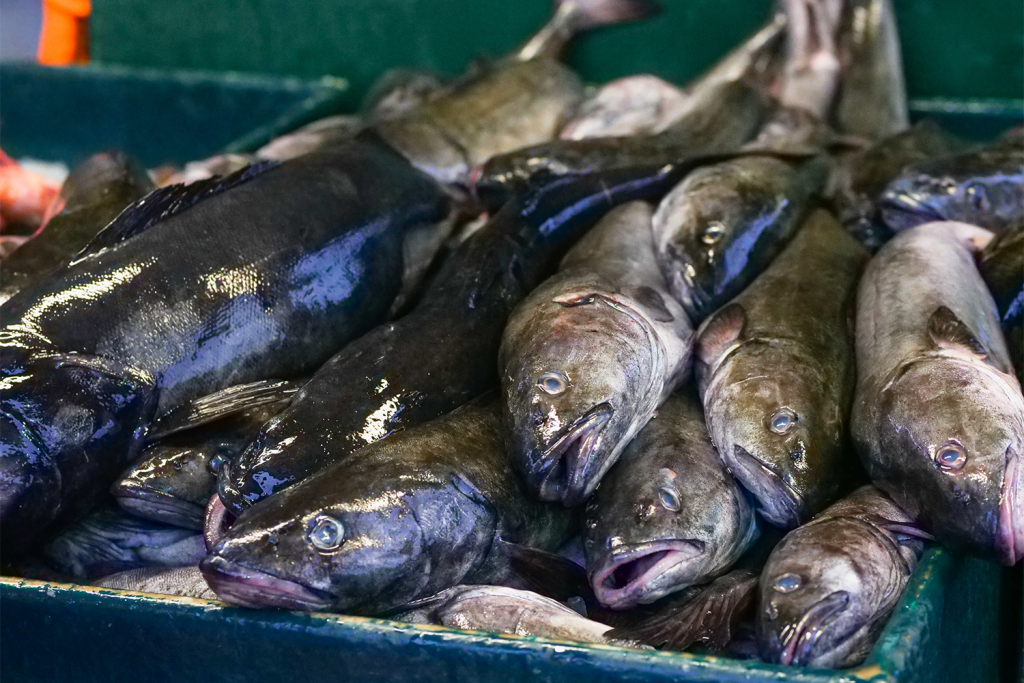
Fisheries
Distinct stocks of Atlantic cod face different climate change challenges
Distinct stocks of North Atlantic cod are being stressed by different factors of varying management severity due to the impacts of climate change.
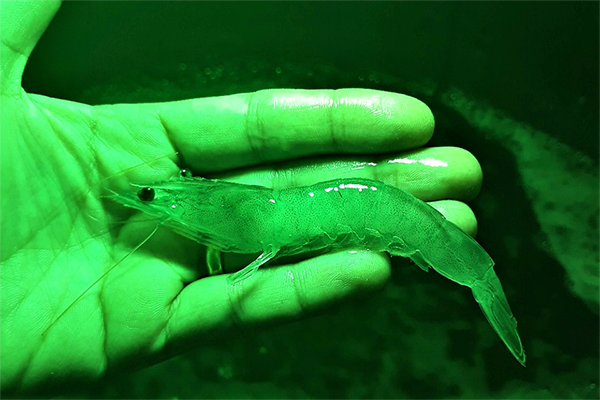
Health & Welfare
Colored LED lights can influence shrimp growth, water quality in biofloc culture
Pacific white shrimp reared with green and red lights grew much larger but showed little differences for survival, feed conversion or productivity.
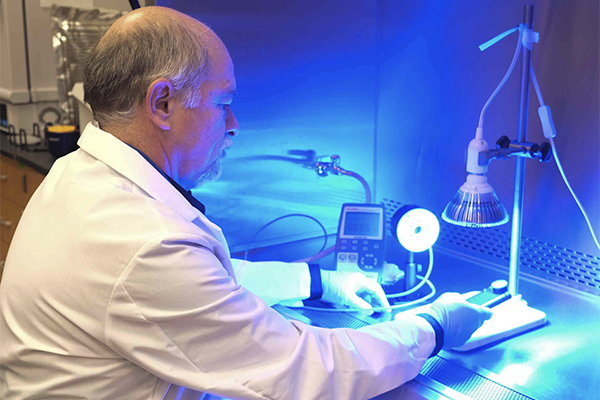
Intelligence
Could blue light eradicate this common pathogen that plagues food processing facilities?
Research suggests that blue light could effectively destroy Listeria monocytogenes, a common contaminant that plagues food processing plants.


